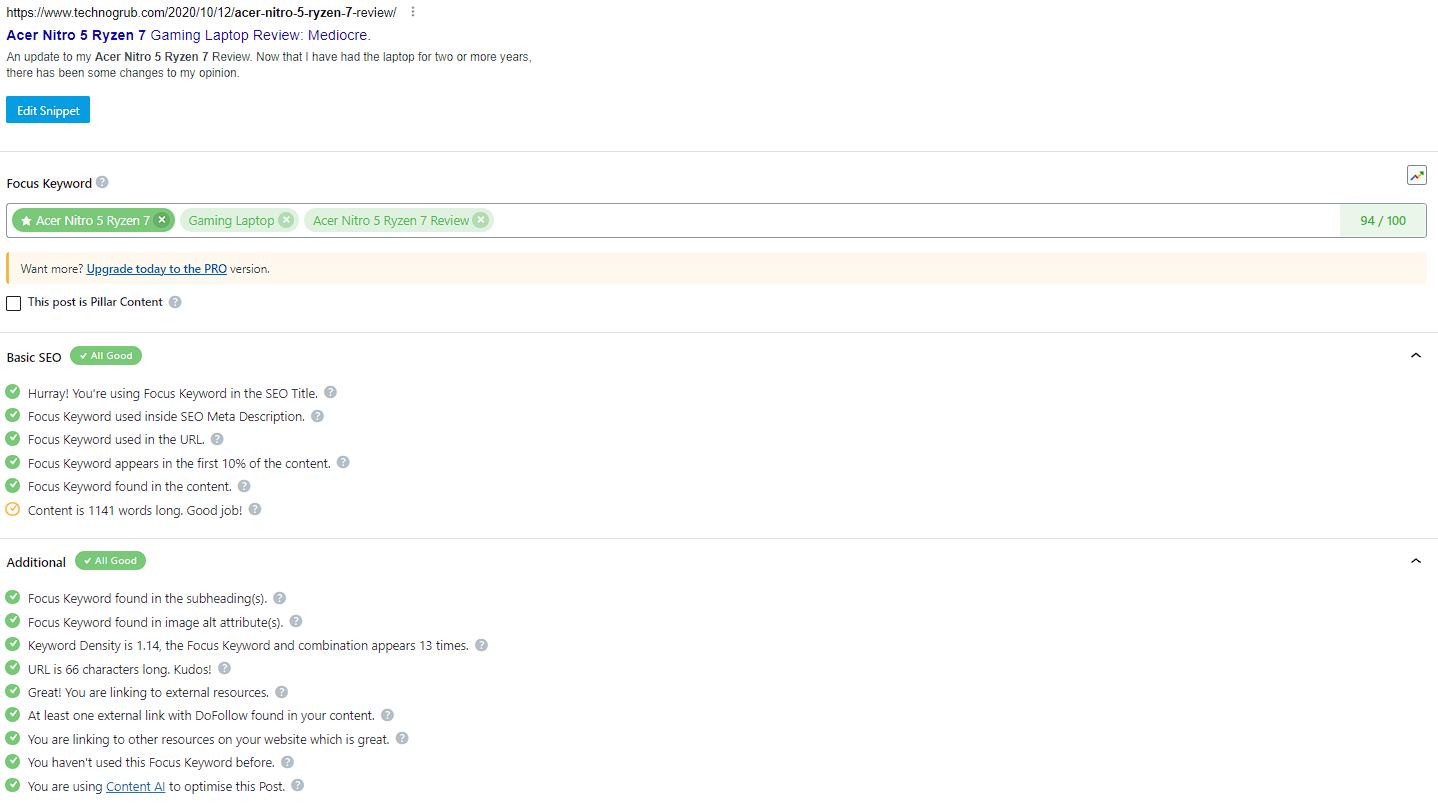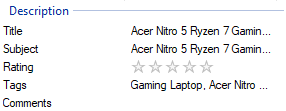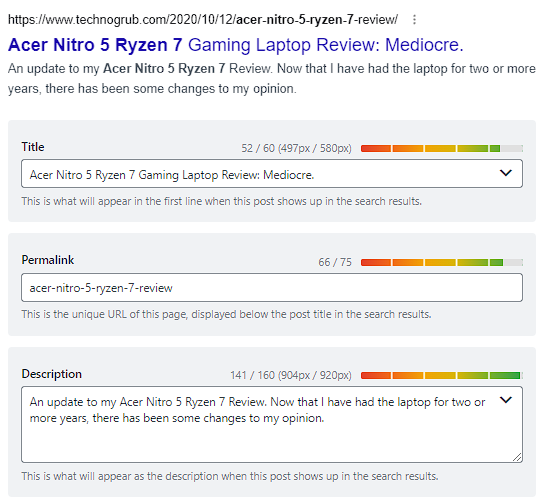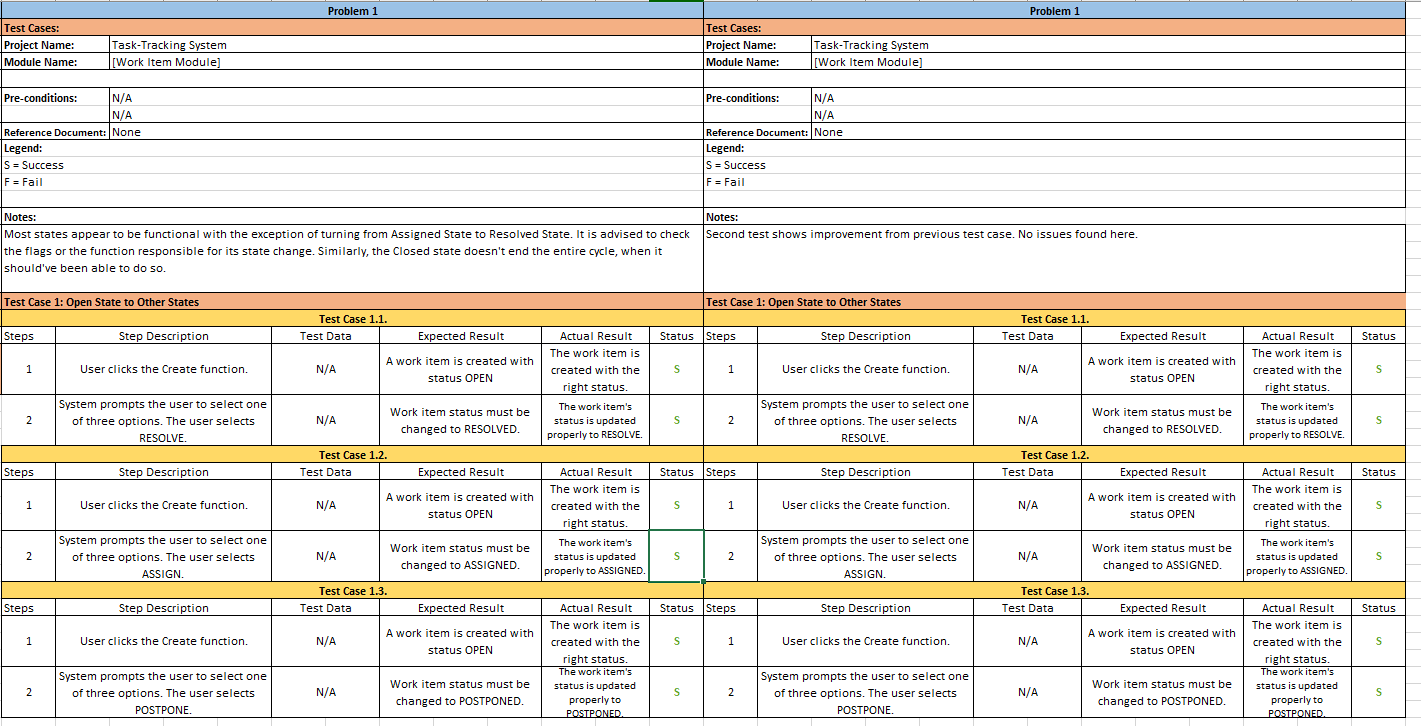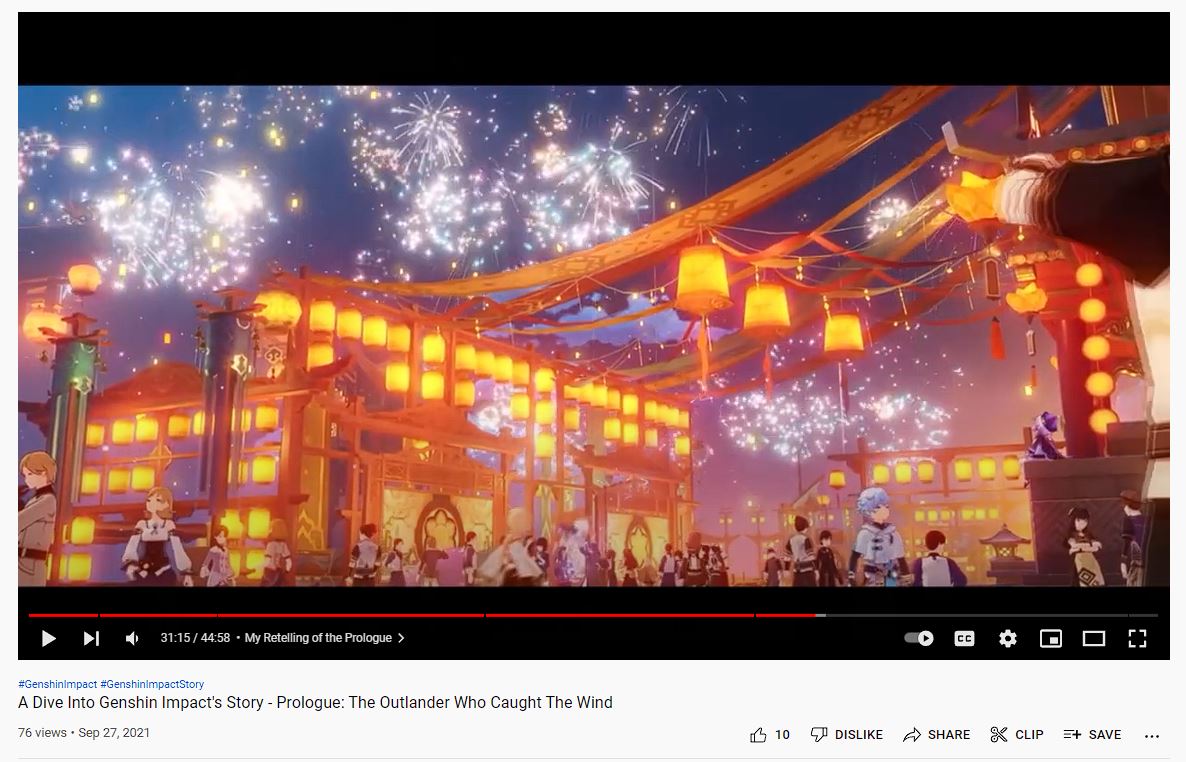On-Page SEO
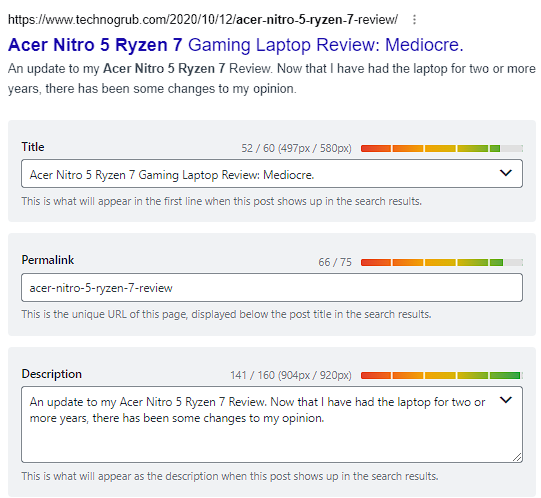
Welcome to SEO!
I possess adequate knowledge of On-Page SEO practices and have dabbled in such for two years. As an article writer, I have written numerous topics and made use of keywords by placing them on the Headers and Titles, and peppered them across paragraphs.
Below is a screenshot of two of my personally written SEO articles:
For most of my time, I utilized Rank Math SEO and have been quite adept at using it (old article):
To help you deliver an informed decision, I know of the following concepts when it comes to On-Page SEO:
On-Page SEO
URL Structure
It is important to design a structure of the website's URL in a form that it is short, easy to understand, and will allow the search engine to index the website's content. A common URL structure is {url/important-keyword} to keep things simple.
Images
Images do a great job of breaking up walls of text in order to make the content easier to absorb. After all, there is nothing worse than reading lines after lines on a white canvas! However, a mere text breaker isn't its only job. Images are important in communicating with search engines to let them know that your website deals with whatever object is on the image! This is a great way to receive traffic, especially if the image is optimized and also tagged geographically. Geographically tagging an image is a boon for any local business as it will almost guarantee that their image will always be seen by their immediate customers!
Examples of tagging and optimizing an image:
Title Tags, Meta Tags, & Headline Tags
These are important tags that essentially allow the website to be visible in the first place. Without these tags, a search engine will be incapable of finding your website.
Internal Linking
Internal linking is a must! These allow users and Google's little spiders to keep crawling around your website, boosting its popularity and potentially adding it to the search engine

